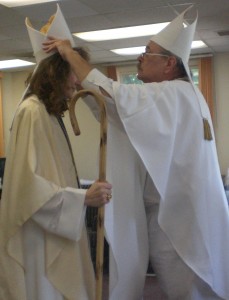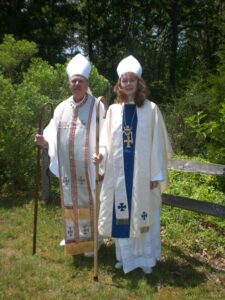Just read John Nash’s article, “Sophia: the Gnostic Heritage“, published in the Fall 2009 edition of The Esoteric Quarterly. Nice thorough-but-brief coverage of the topic, if you know what I mean.  Here’s an excerpt…
 Summary
Summary
This article presents a brief history of
Sophia, best known of the divine feminine
individualities of the West. Under her Hebrew
name, Chokmah, Sophia emerged in late biblical
times. But it was the Gnostics of the early
Christian era who created the Sophia we recognize
today. Sophia played a small but significant
role in western mainstream Christianity
and a much larger role in Eastern Orthodoxy.
Russian Orthodox theologians not only
had personal experiences of Sophia but also
shared important insights into how she related
to the Trinity and to the “invisible Churchâ€
that transcends historical Christianity. The
article concludes with some remarks about the
relevance of Sophia in modern spirituality.
Background
masculine God dominates Judaism,
Christianity and Islam. But female deities
were popular in many ancient cultures, and
they survive in the religions of Asia and the
Pacific, and in the indigenous religions of the
Americas. A popular theory is that the Great
Mother once ruled supreme in much of the
world but was overthrown when Indo-
European tribes invaded the Middle East in the
third millennium BCE. Allegedly the invaders
brought with them a masculine warrior god, or
several warrior gods, who eventually evolved
into the Deity of the Abrahamic religions.1
Whether or not there was once a supreme
feminine deity—and the issue continues to be
debated—there is no doubt that feminine deities
were more common in the West in antiquity
than they became during the 2,000 years
of the Common Era. In recent decades resistance
has increased not only among feminist
theologians but also more generally to the convention
that God is necessarily masculine and
must be referred to in terms such as “He,†“Father,â€
“Lord,†and so forth. Resistance has
also increased to the custom of envisioning
God in any kind of anthropomorphic terms.2
Yet anthropomorphism is comforting to many
people, and the concept of a powerful Goddess,
complementing or even replacing the
traditional masculine God, resonates with large
numbers of thinking people.
Of all the anthropomorphized, feminine deities
discussed today, Sophia is the most popular in
the West, to judge by the literature of feminist
theology, women’s studies, and New Age culture.
The purpose of this article, then, is to
present a brief review of the history and contemporary
relevance of Sophia in western
spirituality. Many questions remain concerning
how Sophia can be reconciled with traditional
Christian doctrine. However, opportunities
also exist to integrate Sophia more firmly
into the Trans-Himalayan teachings.
Sophia in Biblical Times
he Greek word for “Wisdom†is Sophia.
But the story of Sophia extends back into
biblical Judaism, where she was known by the
Hebrew name Chokmah. Chokmah had a long
history in the Old Testament, starting out simply
as the quality or virtue of wisdom and
gradually approaching the status of a divine
individuality. She had a close relationship
with the masculine Yahweh, even participating
About the Author
John F. Nash, Ph.D., is a long-time esoteric student,
author and teacher. Two of his books, Quest for the
Soul and The Soul and Its Destiny, were reviewed
in the Winter 2005 issue of the Esoteric Quarterly,
and his latest book, Christianity: the One, the
Many, in the Fall 2008 issue. See the advertisements
on page 14 of this issue and also the website:
www.uriel.com.
Read the rest of “Sophia: the Gnostic Heritage” by John Nash.
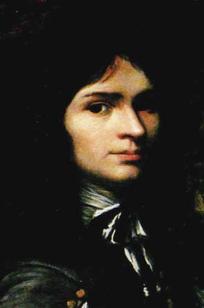
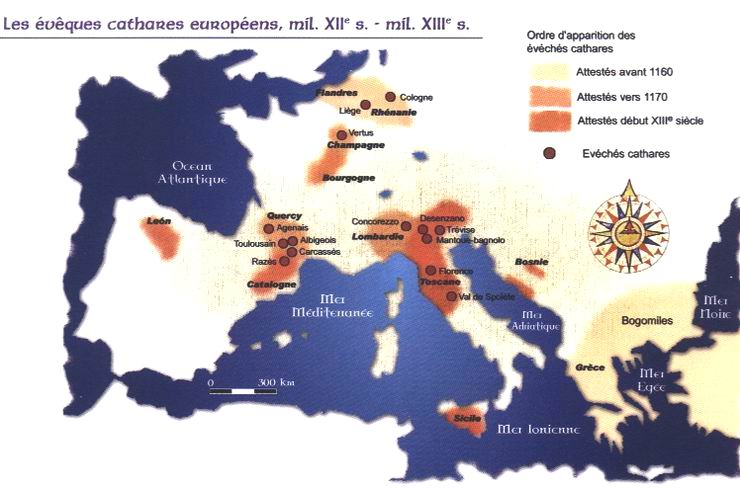
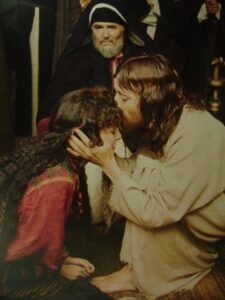
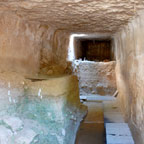
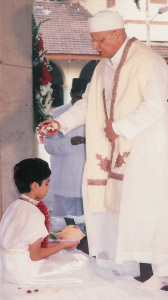

 Summary
Summary